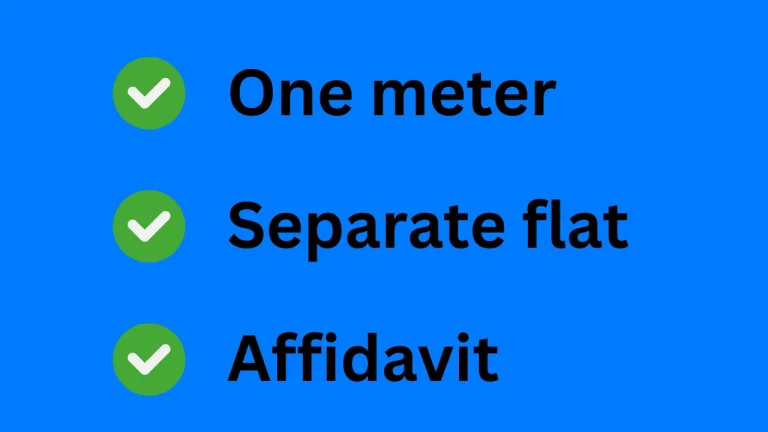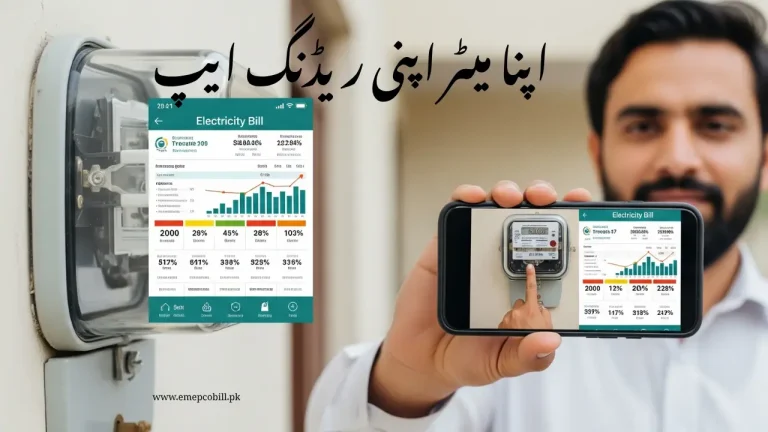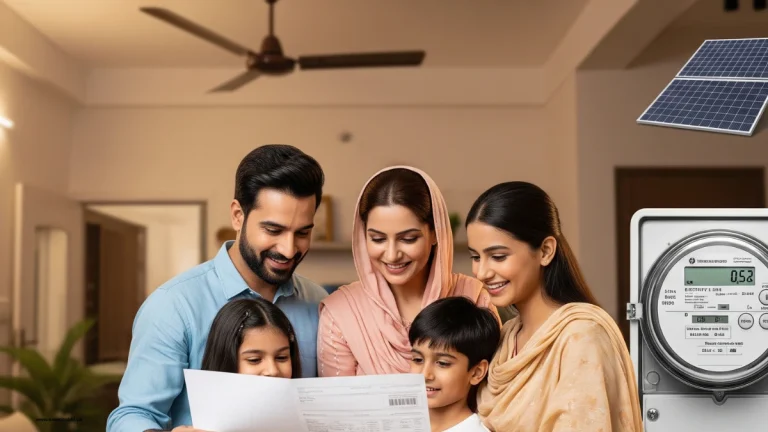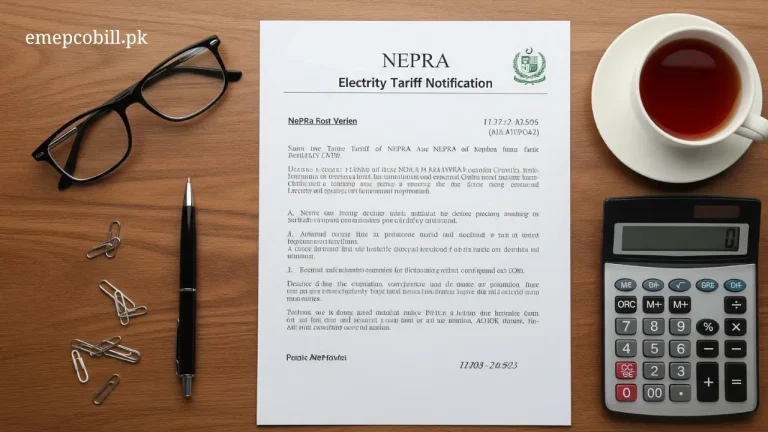Pro rata consumption in the Mepco bill
Pro rata means proportionally. It is a system introduced by the National Electric Power Regulatory Authority (NEPRA). NEPRA stated that every month has 30 days. Therefore, if the meter reader fails to take the consumer’s meter reading on time, and as a result, the units for that month increase, then, through pro rata, Mepco should adjust the average and reduce the units consumed on the 31st day.
For example, if your reading for 31 days is 310 units, according to the NEPRA rule, since the month has 30 days, you will be charged 300 units, which is the average reading for 30 days. Similarly, if someone’s reading is 280 for 28 days, the bill sent by Mepco will be for 300 units, because the Cycle of a month is 30 days.
Why pro rata system launched?
Pro rata is a system that was launched by NEPRA to ensure there is no overbilling. When so many consumers were complaining about overbilling. There was a time when meter readers did not visit every month to read or check the consumer meter. They use the previous month’s reading and calculate the bill as the average usage of the consumer.
For example, a consumer uses 100 units 1st month and 120 in the second month. Mepco meter reader, without visiting the consumer meter, just write the average units, like 110.
Many people complain about overbilling, and NEPRA introduced a Pro rata consumption in the Mepco bill.
How Pro Rata Billing Works?
By the pro rata system Ministry of Energy divided domestic consumers into two groups: protected and non-protected consumers.
Protected consumers
Consumers who used 200 units or less per month for the last 6 months will be counted in the protected consumers group. Protected consumers are charged 9.98 RS per unit for the first 100 units and 12.45 RS per unit for extra units, which are more than 100.
For example: If a protected consumer used 120 units in a month, his bill of electricity bill will be calculated as under
9.98*100 = 998 pkr
12.45*20 = 249 pkr
Total bill = 1247 pkr
Note: this is the electricity cost; taxes and surcharges are different.
Non-protected consumers
The consumers who use more than 200 units in just 1 month, even though they were in a protected category before. If any consumer uses a single 1 unit exceeding the 200 limit will be counted in the non-protected group. Non-protected consumers are charged 27 Rs per unit.
For example, if a consumer used 203 units in a month, their total units will be multiplied by 27 pkr
27*203 = 5481 pkr
Note: this is the electricity cost; taxes and surcharges are different.
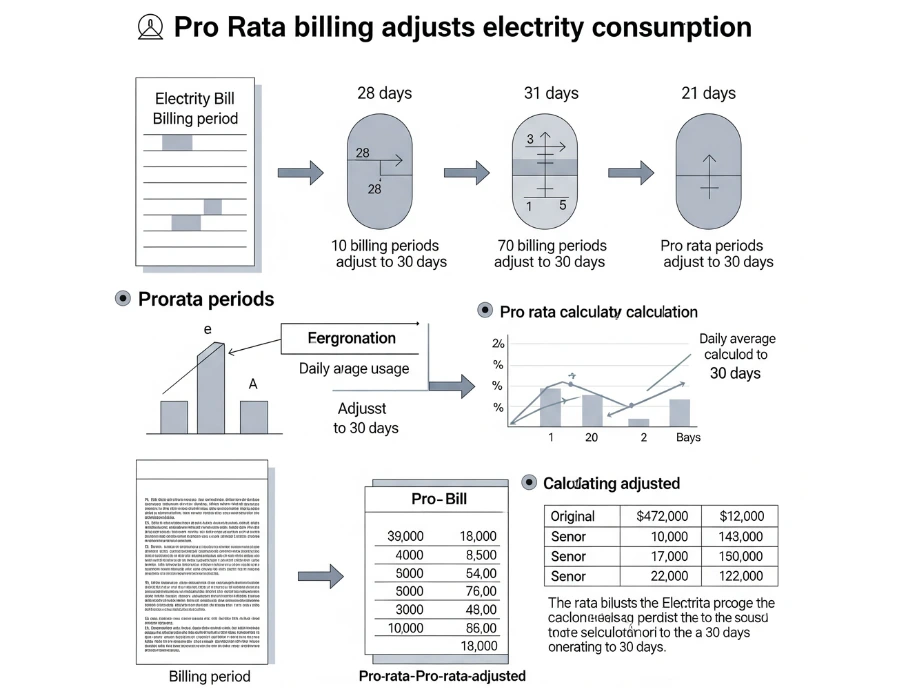
Rules for protected and non-protected consumers
- The protected consumer rate per unit is 10 pkr.
- Non-protected consumers’ rate per unit is 27 pkr.
- If a protected consumer uses more than 200 units in a month, they will be counted in the non-protected consumer list.
- If a non-protected consumer uses less than 200 units, they will be charged 27 pkr.
- Non-protected can be counted in protected if he is using less than 200 units for a continuous 6 months.
Bill difference
The protected consumer bill for 200 units will be:
100*9.98 = 998
100*12.45 = 1245
200 units bill = 998 + 1245 = 2243
Non-protected consumer bill for 200 units will be:
200*27 = 5400
And the taxes and surcharges will also be applied more than previously protected.
Pro rata
Want to calculate your usage units bill? Visit here: Mepco bill calculator
Advantages vs Disadvantages of Pro rata consumption in the Mepco bill
|
Advantages |
Disadvantages |
|---|---|
|
It prevents you from overbilling. |
Mostly, consumers can not understand it. |
|
Gives you bills for 30 days. |
Protected status is lost if your usage exceeds 200 units by just 1 unit. |
|
It adjusts proportionally if the reader gets late in checking your meter. |
A small increase in units can cause of huge bill, it can be double or triple. |
|
The protected consumers’ rate is reasonable, they are happy with this rate. |
The bill does not clearly show how pro rata was calculated. |
|
Through NEPRA rules billing process has been made fair. |
People are still facing delays in reading and bill error issues in the villages. |
Opposition Leader of the Punjab Assembly, Malik Ahmed Khan Bhachar, said in his speech that 326,000 consumers lost their protected status because their meter readings increased by only 3 units.

FIA Report on pro rata
The FIA reported to the Prime Minister that, due to the Pro Rata system, many people are facing high electricity bills. The FIA stated that the system was introduced by the Ministry of Energy, so the ministry is responsible for it.
Final thoughts
Pro rata consumption in the Mepco bill is good for those who are using less than 200 units continuously. But it is very important to take care in June, July, and August because in these months, there are chances that the usage of electricity increases. If someone loses his pro rata status, he has to face a high electricity bill for the next 6 months, even if he is not using more than 200 units.
The homeowner whose electricity usage is more than 200 units should buy solar panels for his home, as it will help to decrease his electricity bill.

